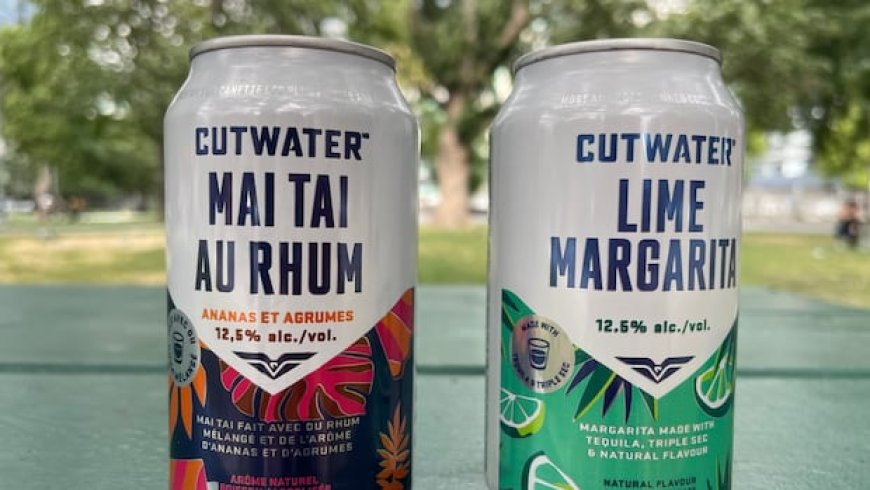Are canned cocktails stronger than you think? The rise of high-alcohol ready-to-drink cans
As canned cocktails gain popularity, some are surprised by their high alcohol content. Brands like Cutwater, Dillon's, and Founder's offer products with 12.5% alcohol. The market for ready-to-drink beverages is booming, with sales increasing significantly in recent years. Consumers may not realize the alcohol content of these drinks, leading to unexpected effects. It's important to read the labels carefully to understand what you're drinking.

If you've ever put back a can of Cutwater, and only then realized how much booze is in it, TikTok would like to remind you that you're not alone.
Consumers have been sharing their stories — and surprise — about how strong the canned cocktails are on social media.
\"One can, I'm drunk,\" one Canadian user posted on TikTok. \"Suddenly we have this one option at the liquor stores that just gets you wasted.\"
Another user said the effects of one can felt like taking multiple shots.
While they come in a standard, 355-millilitre can, some flavours of the drinks pack a far bigger punch than a standard beer, with an alcohol percentage of 12.5 per cent listed on the packaging.
But Cutwater is far from the only brand making high alcohol-by-volume (or ABV) products — Dillon's and Founder's are among the brands also selling canned cocktails at 12.5 per cent, while Mike's Hard, White Claw, Twisted Tea and more all make higher alcohol versions of their original products.
Ready-to-drink beverages (or RTDs) — pre-made cocktails, hard seltzers or anything else that comes ready to consume that isn't wine or beer — have seen a boom in recent years. The Liquor Control Board of Ontario (LCBO) says that ready-to-drink beverages are one of the fastest growing categories in recent years, with sales increasing by 9.5 per cent to $745.1 million total in 2024 alone. And Canada-wide, the ciders, coolers and ready-to-drink category together amassed about $2.29 billion in sales in 2023-24, according to Statistics Canada — more than double what it was in 2018-2019.
Andrew Ferguson, owner of Kensington Wine Market in Calgary, says the demand for stronger drinks has led to the rise of boozier pre-made cocktails.
\"People want things that are maybe twice as strong as your average RTD, and so that's why they're bottling them at 10 per cent or 11 per cent,\" Ferguson said. \"Now, whether all people are noticing that or not is a whole other matter.\"
When it comes to higher alcohol percentage drinks, Lodewijks says there's a bang-for-your-buck factor — cans at a standard five per cent are often priced the same as those that are seven, 10 or even 13 per cent.
While high alcohol drinks have always existed, the marketing of them has shifted as the product category has grown, according to Lodewijks.
Markus Giesler, a marketing professor at York University's Schulich School of Business, agrees.
The best antidote to an embarrassing night, he says, is to read the ABV labels on cans before you crack them.
According to the source: CBC.
What's Your Reaction?
 Like
0
Like
0
 Dislike
0
Dislike
0
 Love
0
Love
0
 Funny
0
Funny
0
 Angry
0
Angry
0
 Sad
0
Sad
0
 Wow
0
Wow
0






















































































































































































